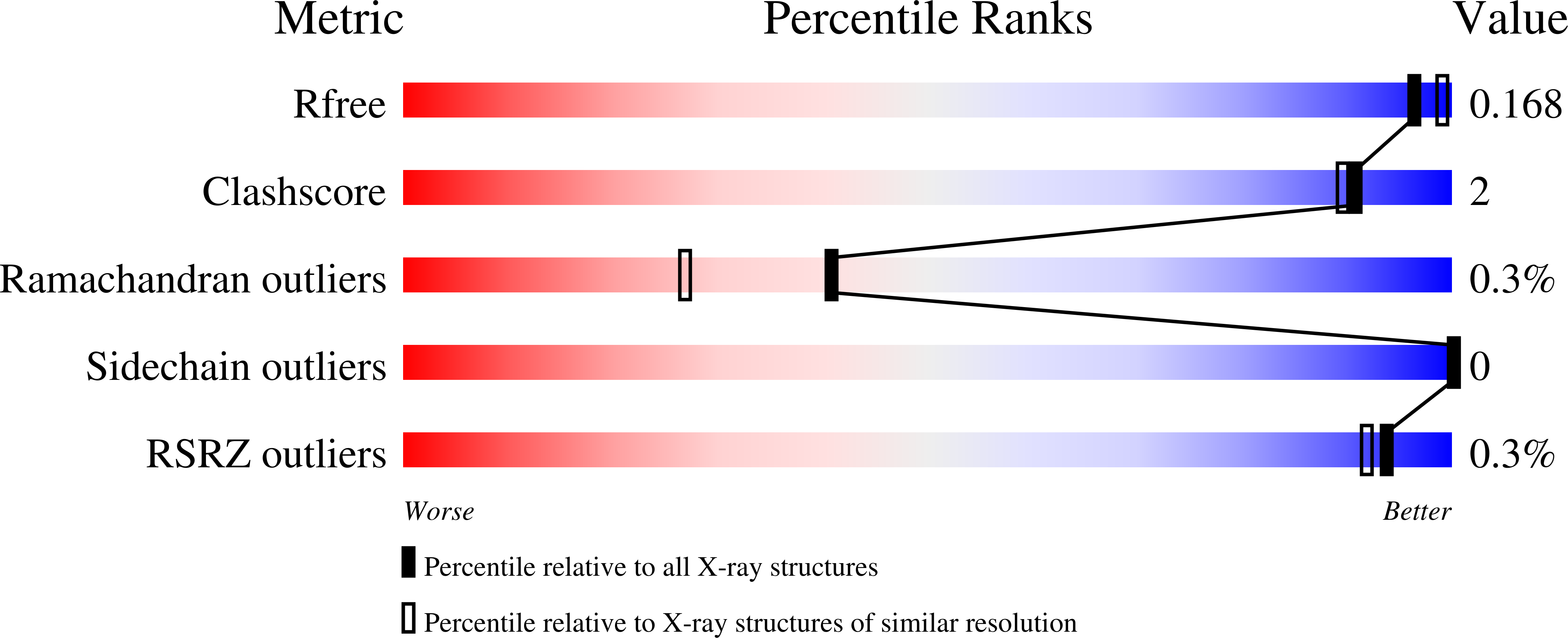
Deposition Date
2021-11-03
Release Date
2023-05-10
Last Version Date
2025-04-09
Entry Detail
PDB ID:
7SPQ
Keywords:
Title:
Crystal structure of Burkholderia glumae toxoflavin biosynthesis protein ToxD
Biological Source:
Source Organism:
Burkholderia glumae (Taxon ID: 626418)
Host Organism:
Method Details:
Experimental Method:
Resolution:
1.80 Å
R-Value Free:
0.16
R-Value Work:
0.13
R-Value Observed:
0.13
Space Group:
I 2 3


